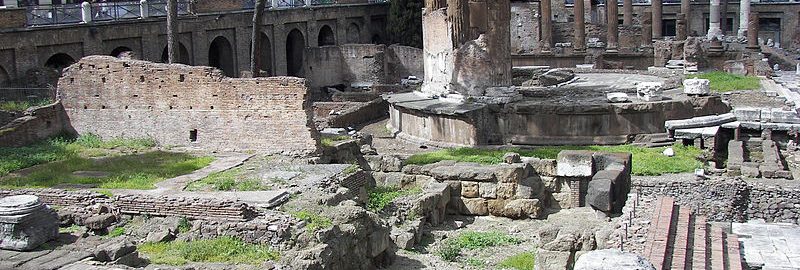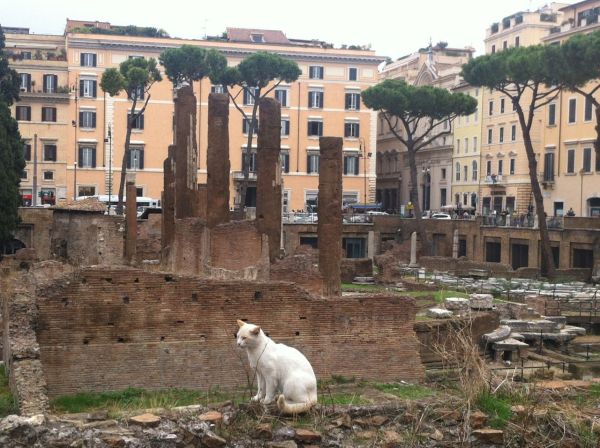The dictator and the great Roman general, Julius Caesar, was murdered on March 15, 44 BCE in Ides of March, in the middle of the month, which was devoted to the war god – Mars. Everyone knows that. The question is, however, where and what is there now?
Caesar was murdered in the Theater of Pompey, precisely in the part of this building – Pompey’s Curia (Curia Pompeia). The Theatre of Pompey was the first stone theater, built within seven years (the construction was completed in the year 55 BCE) on order of Pompey the Great. The building was the largest Roman theater ever created. Pompey’s investment was aimed at gaining more popularity in Rome.
Due to the prohibition of construction of this type of buildings, Pompey decided to create a huge complex, combining the theater and the temple dedicated to Venus Victorious. The complex also included a garden with statues of the most outstanding artists and actors, and a place for meetings of the Senate. Not preserved until today.
The question is, however, what happened to this place after the murder of Caesar. According to L. Richardson (after Suetonius) in his work A New Topographical Dictionary of Ancient Rome, after the murder of the dictator Octavian, considered as the heir of Caesar ordered the removal of the great statue of Pompey in the Curia, and the hall itself in which Caesar was slain. Cassius Dio also claims that this disgraced land was later turned into a latrine. Currently, there is a cat shelter in the place of Pompeii’s Curia, and the area is referred to as Largo di Torre Argentina.









